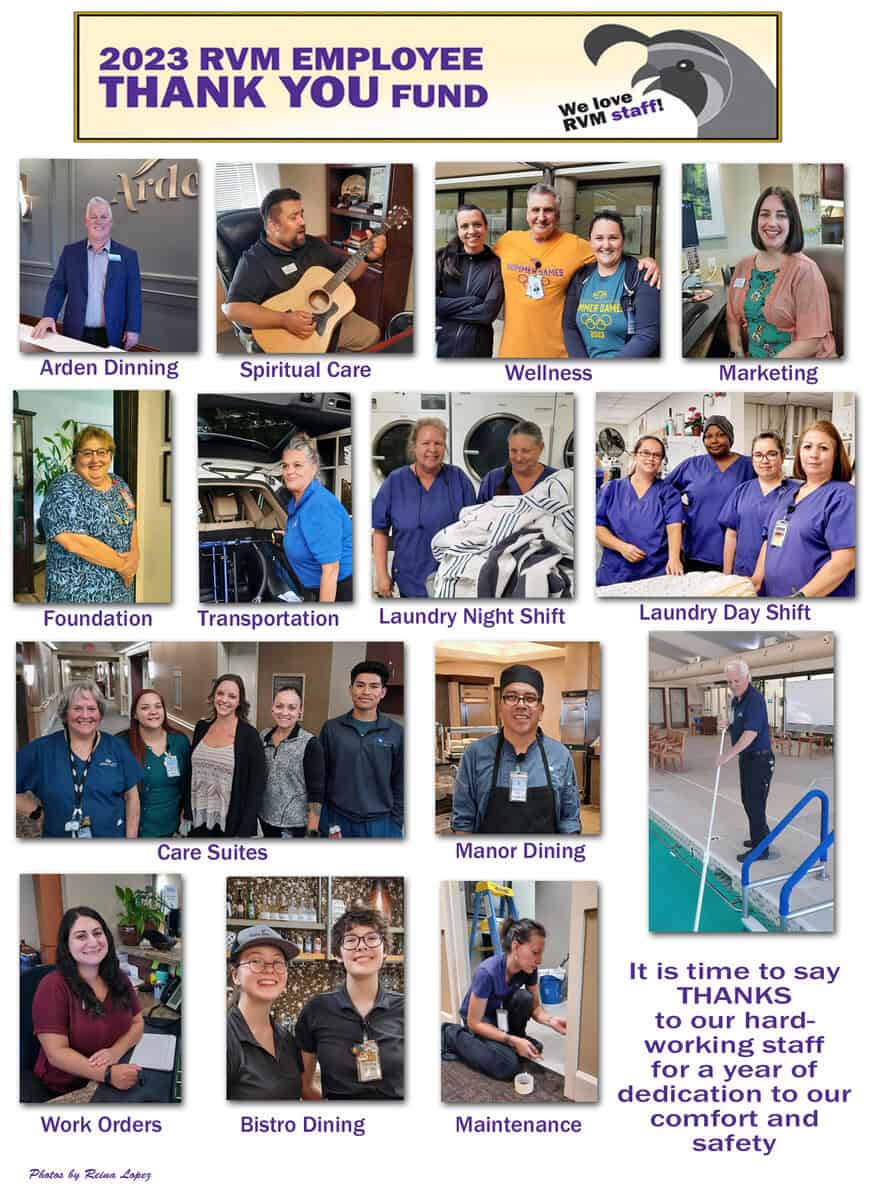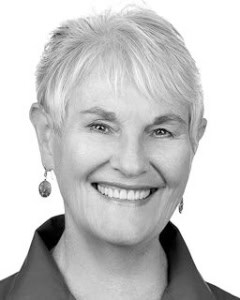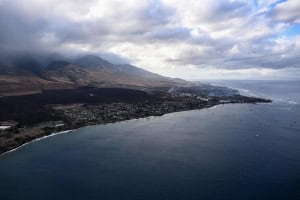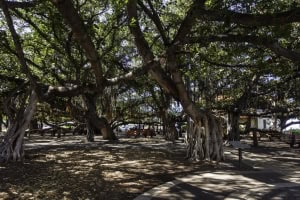By Bob Buddemeier
Background — Topic
Alone. Solitary. Isolated. Search for those terms in the context of health in old age, and you will find general disapproval. Some of the advice is phrased judiciously –
“For older adults, social connection is particularly important to reduce risk factors such as social isolation and loneliness. At this stage of life, meaningful social activities can significantly improve positive mental health, life satisfaction and quality of life; they can also reduce depressive symptoms.”(1)
Other sources are more blunt about the necessity for social contact, to the point of portraying self-isolation as an antisocial act —
“Yale University professor Dr. Laurie R. Santos asserts that the ‘sheer amount of time we spend around other people predicts how happy we are.’ Mistakenly seeking self-isolation and convenience in our routines is hindering our ability to build social capital in our society.”(2)
My personal happiness is definitely not positively correlated with amount of social contact, and this essay is my effort to develop a more realistic view of the subject for older people, senior living residents, and RVM in particular.
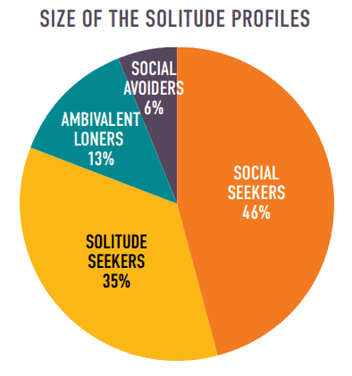 Susan Ball recently circulated on RVMlist the abstract of a study entitled Seeking Solitude – Motivations for “Alone Time” among Senior Living Residents(3). It is concise and eminently readable, and you can read or download a pdf by clicking the linked title above. What follows will be my impressions and interpretations of the data and related information, including quotes and figures from the report. When I intersperse personal experience or unverified opinions, I will use bold font.
Susan Ball recently circulated on RVMlist the abstract of a study entitled Seeking Solitude – Motivations for “Alone Time” among Senior Living Residents(3). It is concise and eminently readable, and you can read or download a pdf by clicking the linked title above. What follows will be my impressions and interpretations of the data and related information, including quotes and figures from the report. When I intersperse personal experience or unverified opinions, I will use bold font.
The bottom line of the published study: “Positive motivations for solitude are unlikely to pose risks for older adults and are associated with well-being comparable to people who prefer greater levels of social interaction.”
The study population of 397 individuals residing in senior living facilities was surveyed to assess eight different wellness parameters as well as the extent of positive or negative motivations for solitude. The participants were classified into one of 4 categories (as seen in the pie chart).
Slightly fewer than half of the participants were classified as Social Seekers. The remainder were classed into three categories – Solitude Seekers (a little over a third of the total) and two other smaller categories that scored lower on the wellness assessment, Ambivalent Loners and Social Avoiders.
The comparison of wellness assessments for the four groups is illustrated in the following table. The empty cells indicate no significant differences; in the green cells the arrows show the between-group comparison, with an up-arrow meaning “greater than.” Note that all of the characteristics are desirable except for loneliness; in that case, unlike the others, the down arrow is a positive result.

The Solitude Seekers apparently experience greater well-being than not only the 19% of the population whom I’ll call “unhappy loners,” but also the Social Seekers – Solitude Seekers score higher in Personal Growth and Psychological Richness, with the other categories lacking significant differences.
The 35% value for the proportion of the study population who are Solitude Seekers matches well with the statement from the dust jacket of Susan Cain’s book QUIET – The Power of Introverts in a World That Can’t Stop Talking (4): “At least one third of the people we know are introverts.”
Although “introvert” and “extrovert” are labels that cover diverse groupings of many different conditions, I will treat Solitude-Seekers and Introverts as different labels for the same or strongly overlapping populations. This is because the reaction to, or need for, solitude is one of the most consistently used characteristics for separating introverts and extroverts. Extroverts prefer and seek action, social interactions, and stimulation. These experiences are energizing for them, and extroverts tend to become bored and restless in solitude. Introverts may find activities and interactions pleasurable or productive, but ultimately they are enervating rather than energizing, and the introvert requires solitude or ‘down time’ to recharge his/her batteries.
Background — Author
I have considered myself an introvert ever since I was old enough to have an idea of what the word meant – focused on ideas and information and relatively uninterested in conventional subjects or activities
Retirement – and aging — brought a new set of considerations and challenges. My wife and I both had medical problems that led us to want a retirement destination where there were good medical facilities, and from which we would not need to move again. So, a CCRC – which was a different kind of environment from the cities, suburbs, and countryside in which we had previously lived — and from our workplaces.
The Retirement Community Environment:
The demographic data for the survey participants (see report) appear to be a good match for the RVM population – mostly white, well-educated and female. It is reasonable to assume that those interviewed were in independent living.
Compared to the pre-retirement conditions of most middle and upper-middle class Americans, senior living facilities have higher population densities and smaller living quarters. Availability of common space both within and outside the facility varies. Regardless of how much potential access to external attractions there may be, practical access for most people inevitably diminishes with advancing age.
Management styles and populations vary, but it is probably safe to assume the most facilities are relatively homogeneous in terms of ethnicity, socioeconomic level, and related characteristics.
Study Recommendations and RVM:
The report suggested actions to enhance the well-being of Solitude Seekers (copied below). In this section I’ll provide my personal impressions of RVM in terms of the recommendations plus some additional observations.
First, two observations – (1) when I arrived, I didn’t list any interests in the directory because I didn’t want my participation solicited. As it turned out, that would probably not have been a problem. (2) I am very grateful for the amount of common space available at RVM; indoor lounges and outdoor venues for walking or sitting. These make it possible to be alone in pleasant settings without being constantly confined to one’s dwelling. Similarly, it is possible to find reasonably convenient times when the pool or gyms are either largely or completely unoccupied.
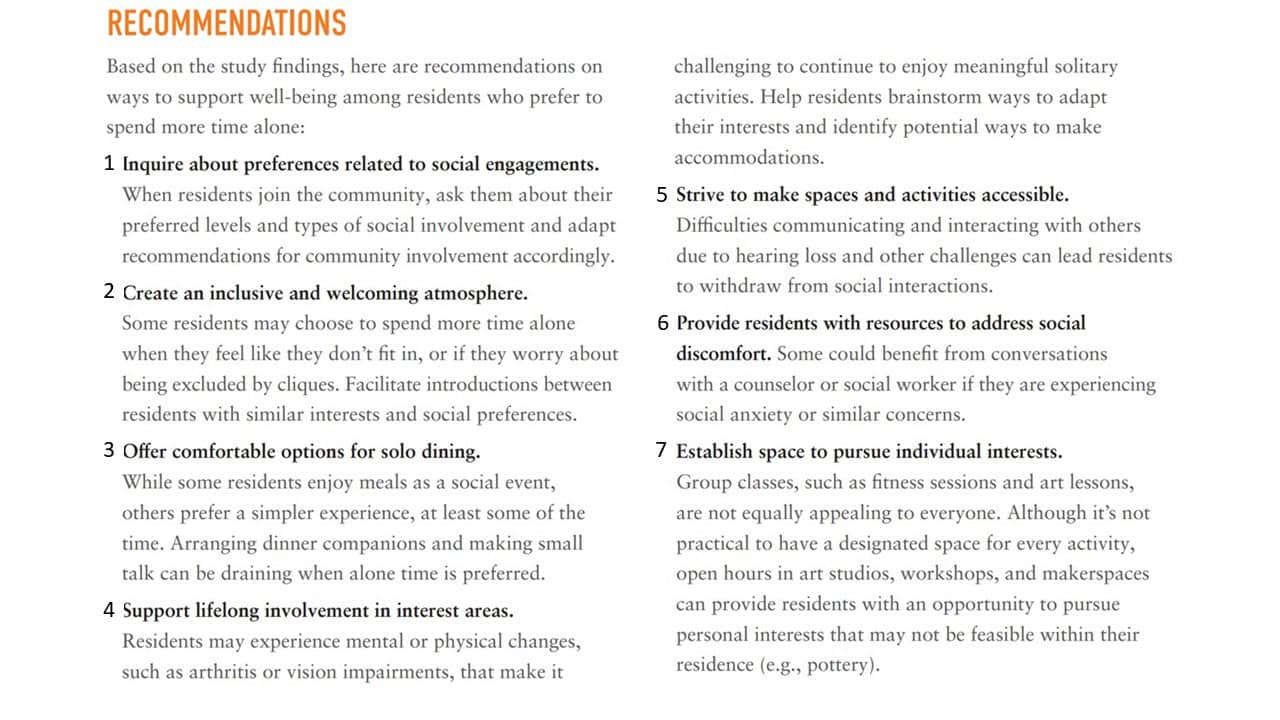 In terms of the survey recommendations above, I think RVM generally comes off well. For items 1 and 2, I suspect that results will depend mostly on the people assigned as hosts or ambassadors. If Marketing or Residential Services do not have mechanisms in place to guide newcomers to contacts that match their preferences, I think these would be worthwhile additions.
In terms of the survey recommendations above, I think RVM generally comes off well. For items 1 and 2, I suspect that results will depend mostly on the people assigned as hosts or ambassadors. If Marketing or Residential Services do not have mechanisms in place to guide newcomers to contacts that match their preferences, I think these would be worthwhile additions.
Item 3 is well fulfilled, and appreciated. Unless I am with close friends I prefer to eat alone, and rarely have any trouble doing so.
Items 4 and 5 are well addressed in terms of availability; promoting knowledge and use of the opportunities is challenging, and especially so with solitude seekers who have little interest in routine institutional communications. Item 6 is similar – having a counselor on staff is an excellent service, but making connections with those in need (the minority I refer to as the “unhappy loners,” plus those undergoing temporary situational stress) is an ongoing challenge.
Item 7 is very well served by the available fitness and craft areas, as well as our excellent library, and by the common areas.
Provision of “solitude-positive” opportunities and facilities is generally good. In terms of connecting with the relevant individuals, the study recommendations seem to be written for smaller institutions where one-to-one contact between management and residents is easier to set up and maintain. At the scale of RVM, the important suggestion for staff and resident community leaders is to remain aware of and sensitive to the existence and needs of the substantial subcommunity of Solitude Seekers – wheels that may not get enough grease because they choose not to squeak loudly.
A Closing Editorial:
In addition to my assessment of RVM as a relatively introvert-friendly place, I want to applaud the open-door policy of the current RVM administration. Committees and town-hall meetings can be useful, but they are not communication mechanisms that match the skills and preferences of introverts. One-to-one (or very small group) is better than group interactions, and for some people, written contact is much preferable.
These characteristics are often looked down upon by the more extroverted, I think in many cases because they simply don’t realize that these “different” behaviors are not flaws or pathological exceptions, but are basic characteristics of a third or more of the population. A greater realization of systematic personal differences can – and in my opinion should – lead to greater inclusiveness and diversity in community characteristics and processes.
With that brief background, some comments on the resident community interactions at RVM:
RVMlist – while I acknowledge that standards are needed, I think that the frequent admonitions to not discuss problems, but to take them to a committee represents an extroverted view of what the community is (or could be) and how it functions – or could function. Some people are not comfortable with other ways of communicating their concerns, and others do not want their views filtered and/or blended. We need better ways to welcome their contributions and respond to their concerns.
The “volunteer culture”– Introverts may be quite willing to make community contributions, if they can do it in the context of their own values and skill sets. Taking on somebody else’s job description for achieving somebody else’s goal may be neither satisfying nor enjoyable, and organizations don’t necessarily have to function that way.
Resident activities and governance — In my opinion, the Residents Council structure and procedures for non-financial inclusion and support of groups and activities are unnecessarily cumbersome and restrictive. I agree that accountability is needed where money is involved, but beyond that, I think that any resident activity initiative that is not inconsistent with RVM policies should be accepted and assisted to the extent possible. Possible approaches to this include transforming the Volunteer Opportunities operation to Volunteer Support, and/or adding the position of Communications Secretary to the Board (in addition to the Recording Secretary) to facilitate and assist with resident communications at all levels.
_______________________________________________________________________
Reaction? Interest? Response? Use the Reply feature below or send us a letter-to-editor at openinforvm@gmail.com
________________________________________________________________________
1World Health Organization: https://www.who.int/news-room/fact-sheets/detail/mental-health-of-older-adults.
2https://www.snhu.edu/about-us/newsroom/business/what-is-social-capital
3Seeking Solitude: Motivations for “Alone Time” among Senior Living Residents. J. L. Smith, V. Thomas, and M. Azmitia. Mather Institute (https://www.matherinstitute.com/), 2023. 12 pp
4Quiet: The Power of Introverts in a World That Can’t Stop Talking. S. Cain, Crown Publishers, NY, 2012. 333 pp.





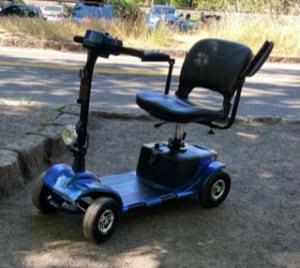


 Susan Ball recently circulated on RVMlist the abstract of a study entitled
Susan Ball recently circulated on RVMlist the abstract of a study entitled 
 In terms of the survey recommendations above, I think RVM generally comes off well. For items 1 and 2, I suspect that results will depend mostly on the people assigned as hosts or ambassadors. If Marketing or Residential Services do not have mechanisms in place to guide newcomers to contacts that match their preferences, I think these would be worthwhile additions.
In terms of the survey recommendations above, I think RVM generally comes off well. For items 1 and 2, I suspect that results will depend mostly on the people assigned as hosts or ambassadors. If Marketing or Residential Services do not have mechanisms in place to guide newcomers to contacts that match their preferences, I think these would be worthwhile additions.





